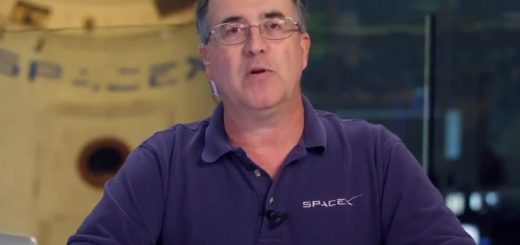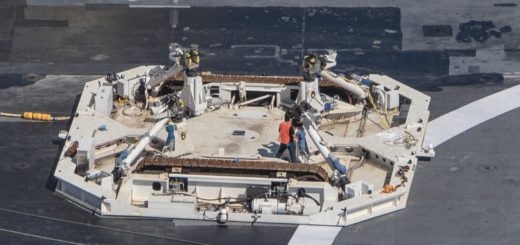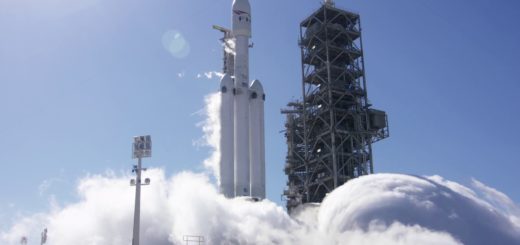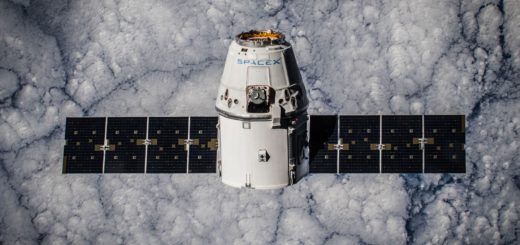SpaceX Stories: How SpaceX Used Tin Snips to Fix a Rocket
In another installment of our SpaceX Stories series, we bring you an article about an interesting situation that happened during preparations for Dragon’s first mission (COTS-1) in 2010. It illustrates how SpaceX takes a very different approach to solving problems compared to most aerospace companies.
In late 2010, on the eve of the Falcon 9’s second launch and the first test flight of the Dragon spacecraft, a last-minute inspection of the rocket revealed a crack in the nozzle, or skirt, of the second-stage engine. The 9 ft. long, 8 ft. diameter niobium nozzle extension guides the exhaust gases out of the rocket to produce thrust. According to SpaceX, the cracks weren’t a serious problem. Because the cracks were near the nozzle’s exit, they wouldn’t experience much stress. However, SpaceX decided not to risk it.
“You’re not going to fly with a crack,” said Steve Davis, SpaceX’s director of advanced projects. “We’re like, ‘What do we do?’ ”
The normal thing would be to take the rocket apart, replace the engine skirt, reinspect it. And then “you’re up and launching in a month,” he said. No one wanted to lose that much time.
Musk had a wild idea: “What if we just cut the skirt? Like, literally cut around it?” That is, what if they trimmed off the bottom as if it were a fingernail?
Rocketry is typically a cautious field that normally follows lengthy manuals, so a proposal like this was met with skepticism. Then the gathered workers started thinking about it. They went through every subsystem analyzing how trimming the engine bell would affect the rocket, and every person agreed the change was acceptable. “Musk went person by person and said, ‘Would this have any adverse effect on you?’ ” Davis recalled.
Davis said that because the skirt would be shorter, they would get less performance from the engine. “But we had so much margin built into it, it didn’t matter,” he said. Everyone concurred, and “literally within 30 minutes, the decision was made.”
The company flew a technician from California to Cape Canaveral; armed with a pair of shears, like the kind used to trim hedges, he cut around the crack.
“And we flew the next day successfully,” Davis said. “That could have been the dumbest thing we ever did, but it was amazing.”
Sources: Naturally Fundamental, Washington Post
More SpaceX Stories:
- The very first intern talks about SpaceX early days and working on Dragon
- How Elon Musk Inspired Employees Following a Third Falcon 1 Failure
- How Did SpaceX Rocket Engines Get Their Names
- How SpaceX Built SLC-40 on a Shoestring Budget











